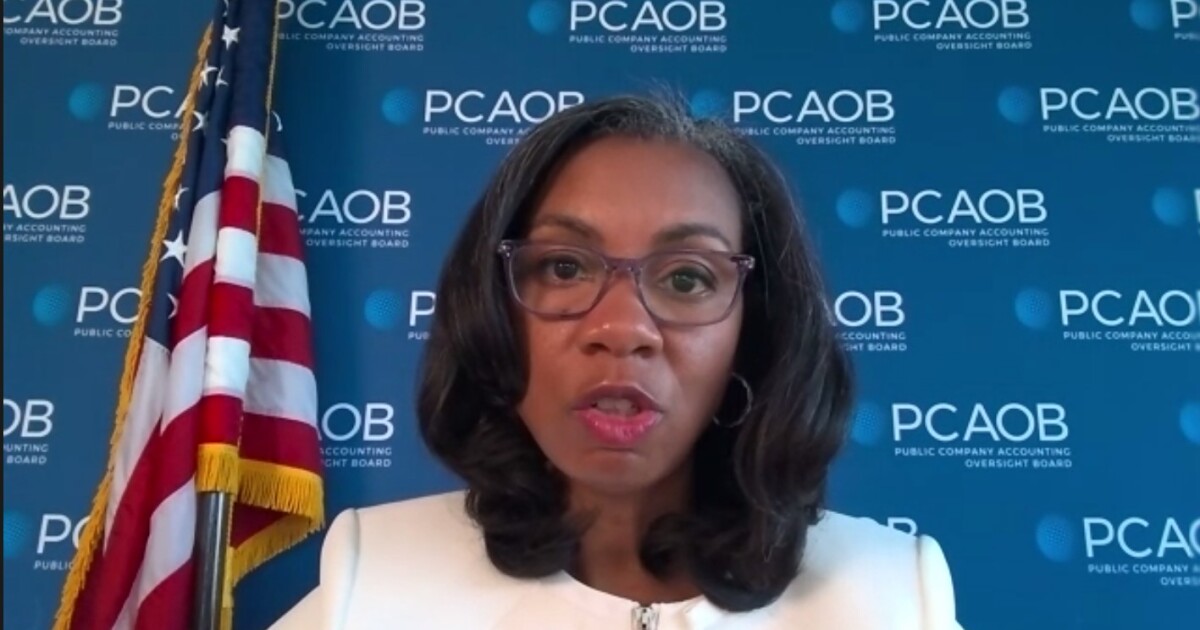The Public Company Accounting Oversight Board approved a new auditor confirmation standard during a meeting Thursday aimed at modernizing the decades-old rules for the use of technology in electronic confirmations.
The audit confirmation process involves verifying information about one or more financial statement assertions with a third party, and that’s usually done via computer. The new standard reflects the many changes in technology, communications and business practices since an interim standard was first adopted by the PCAOB in 2003 back when it was established under the Sarbanes-Oxley Act of 2002. The PCAOB inherited the standard from the American Institute of CPA, and it was originally issued by the AICPA back in 1991, before most people — much less auditors — began using the internet.
“Despite the fact that the confirmation process touches nearly every audit and provides a critical tool for detecting fraud, this standard has not been substantively updated since it was adopted by the board in 2003,” said PCAOB chair Erica Williams during the meeting Thursday. “In fact, it has not been substantively updated since it was originally written and put in place by the profession over 30 years ago in 1991.”
She anticipates the new standard will help auditors detect fraud and better protect investors. “By replacing a confirmation standard that had not changed significantly since faxes were a regular form of communication, the board has taken an important step in modernizing our standards to effectively protect investors in today’s world,” Williams said in a statement.
The audit confirmation process typically involves an auditor choosing one or more items to be confirmed, sending a confirmation request directly to a confirming party such as a financial institution, evaluating the information received, and addressing nonresponses and incomplete responses to get audit evidence about one or more of the financial statement assertions.
The new standard will set principles-based requirements aimed at staying relevant as technology evolves by applying to various methods of confirmation, including electronic and paper-based communications. The new standard will also integrate better with the PCAOB’s risk assessment standards. Among its main provisions, the new standard includes a new requirement for confirming cash and cash equivalents held by third parties or otherwise getting relevant and reliable audit evidence by directly accessing information maintained by a knowledgeable outside source.
It continues an existing requirement under the older standard when it comes to confirming accounts receivable, while dealing with situations where it’s simply not feasible for the auditor to perform confirmation procedures or otherwise receive relevant, reliable audit evidence for accounts receivable by directly accessing information maintained by a knowledgeable external source.
However, the new standard states that the use of negative confirmation requests alone does not provide sufficient appropriate audit evidence. It stresses the auditor’s responsibility to maintain control over the confirmation process and says the auditor is responsible for selecting the items to be confirmed, sending confirmation requests, and receiving confirmation responses. It also specifies situations in which alternative procedures should be performed by the auditor.
The new standard will apply to all audits conducted under PCAOB standards, but as with all PCAOB standards, it’s subject to approval by the Securities and Exchange Commission. Once that happens, the new standard will take effect for audits of financial statements for fiscal years ending on or after June 15, 2025.
Credit: Source link











